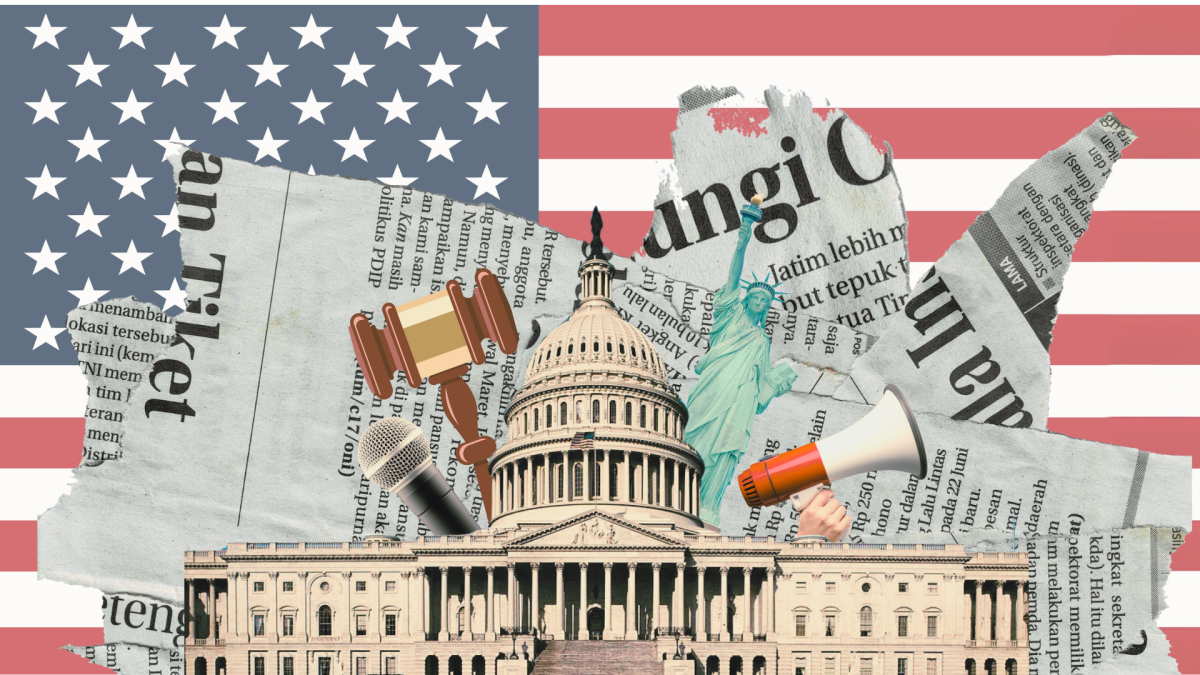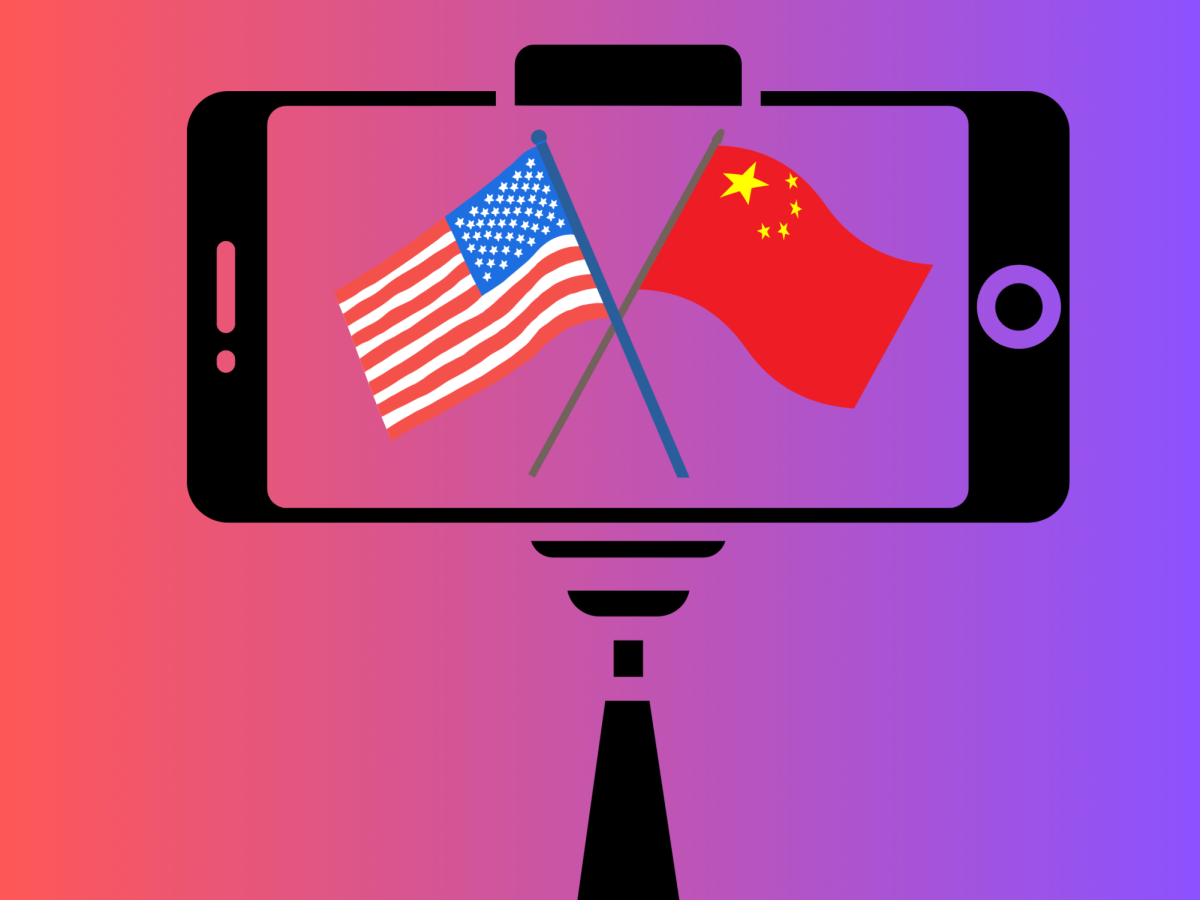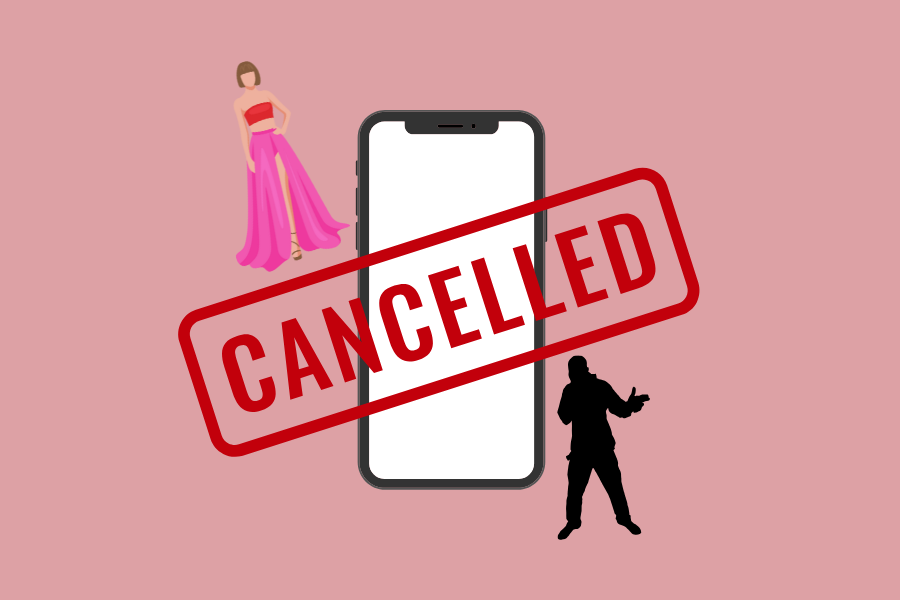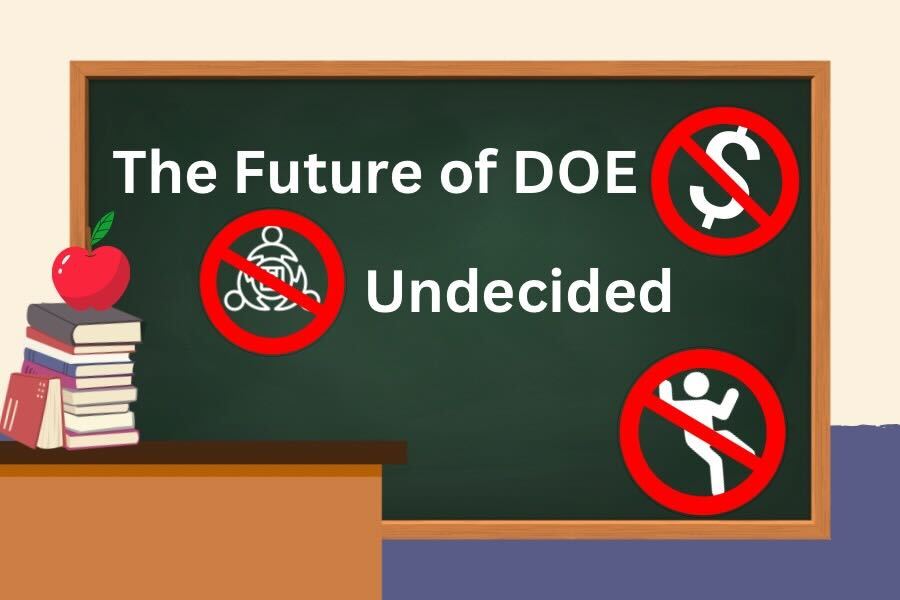Last month marked the fourth anniversary of the January 6 attack on the US Capitol, where extremists aimed to disrupt the certification of former President Joe Biden’s 2020 Election win via brute force. This attempt at disrupting the democratic process was not the beginning nor the end of a specific political battle but simply the manifestation of an ongoing issue in the US: increasing political divide and tensions between people of opposing political ideologies. What should be simple disagreements between Democrats and Republicans often turns into a disdain for members of the opposing party, leaving a lasting impact on not only the political but also the broader social landscape.
When TIME magazine chose Donald Trump as Person of the Year in 2016, they did so with their cover crowning him “the President of the Divided States of America”. This sentiment was echoed in a Pew Research survey conducted in 2022, that discovered increasing political polarization among Americans. The survey found an almost 20 percent increase in 6 years in those surveyed describing members of the opposing party as “unintelligent” and nearly double of those surveyed describing opposing partisans as “immoral”. These increases emphasize strong division and rising tension throughout the US political landscape, opening the door for growing intolerance toward those with opposing political views.
In another Pew Research Center survey conducted in 2023 titled “Americans’ Dismal Views of the Nation’s Politics,” more than three-quarters of those surveyed believe that U.S. politics has become less respectful or fact-based, something that can be largely attributed to an increasing polarization within both mainstream and social media. While the outcome of polarization in mainstream and social media are largely the same: increased division and political strife amongst their readers and users, their root causes are quite different. New York Times journalist Ezra Klein, in his book Why We Are Polarized, found that those who consume more political media tend to misperceive members of the opposing political party more. This confirms the notion that mainstream media polarizes its audience, but what do they have to gain from this? Klein continues by referencing a joke made by MSNBC anchor Chris Hayes wherein he likens cable news to being a wedding DJ, where the main goal is to “get [the reader] on the floor”. This joke captures the crux behind why cable news and most media today is focused less on informing than, as Klein puts it, “outraging” the reader; doing this simply garners more attention, clicks, and in turn revenue for the news agency.
While news agencies have clear motives to increase readership behind their biases , polarization on social media is a little more complex. Whereas articles in print media are written by a single or maybe a couple journalists and go through an oftentimes rigorous editing process, posts on social media are inherently different in that anyone can make a social media post about almost anything at any time. But despite this sounding like an ultra-democratic utopian style of communication, there is one catch: the algorithm. Due to the sheer number of posts on social media, many platforms employ an algorithm that curates content on the platform that they believe would be most relevant to their users. But these algorithms are trained on data provided by humans and humans have personal biases. So oftentimes, these algorithms create a feedback loop in which users see posts that agree with their political views, leading to increased interaction with said posts, leading to their algorithm showing them more of the same kind of content which they interact with, and the cycle repeats itself.
This effect is called an “echo chamber” and is one of the major reasons why many Americans seem to be shifting towards the fringes of the political spectrum. Furthermore, in an attempt to maximize interactions with their posts and thus favorability in the curation algorithm, politicians, much like major news agencies, often focus on angering and further radicalizing their political base rather than meaningfully interacting with opponents and shining light on issues that their voters care about.This method works. In a 2024 paper, Helztel found that politicians that engaged with their opponents using X, formerly known as Twitter, on average, got 2 to 4 times less likes and retweets than those who simply dismissed their opposition. They further found that those who frequently interacted with political posts on X tended to prefer dismissive posts whereas less frequent users tended to prefer engaging posts, further evidence to the fact that political social media use polarizes users.
While this kind of polarization can of course discourage respectful and constructive discord both in Washington D.C and between voters, it can also encourage more extreme undemocratic practices like political violence, something that has greatly ramped up in light of the recent election. In a 2023 Reuters special report by Ned Parker and Peter Eisler, they wrote that America is experiencing the biggest and most sustained increase in political violence since the 1970s. But while the political violence that rocked America in the 70s largely focused on property damage and destruction to inspire change, today’s political violence aims to injure or kill fellow Americans. In this report they found 213 cases of political violence from the January 6 attack on the capitol to August of 2023, two-thirds of which involved physical assault or confrontations. It’s no coincidence that this spike in violence is occuring in a time where Americans are more divided than ever and will continue as such until the political rift between the left-wing and right decreases and constructive political dialogue is not only possible but encouraged.
Political polarization is not an effect of increasingly extreme political views among the populace, it is the cause; and the cause of political polarization is an increasing misperception of opposing political views and the people who hold them, fueled by biased news sources and social media. This issue will not be solved by simply being informed on other political ideologies and views, but only by conversing, discussing, and respectfully debating those with opposing views. After all, one cannot truly understand and correct their misperceptions of others without connecting to them in a way that allows them to fully grasp their view, such as through simply talking with them.








